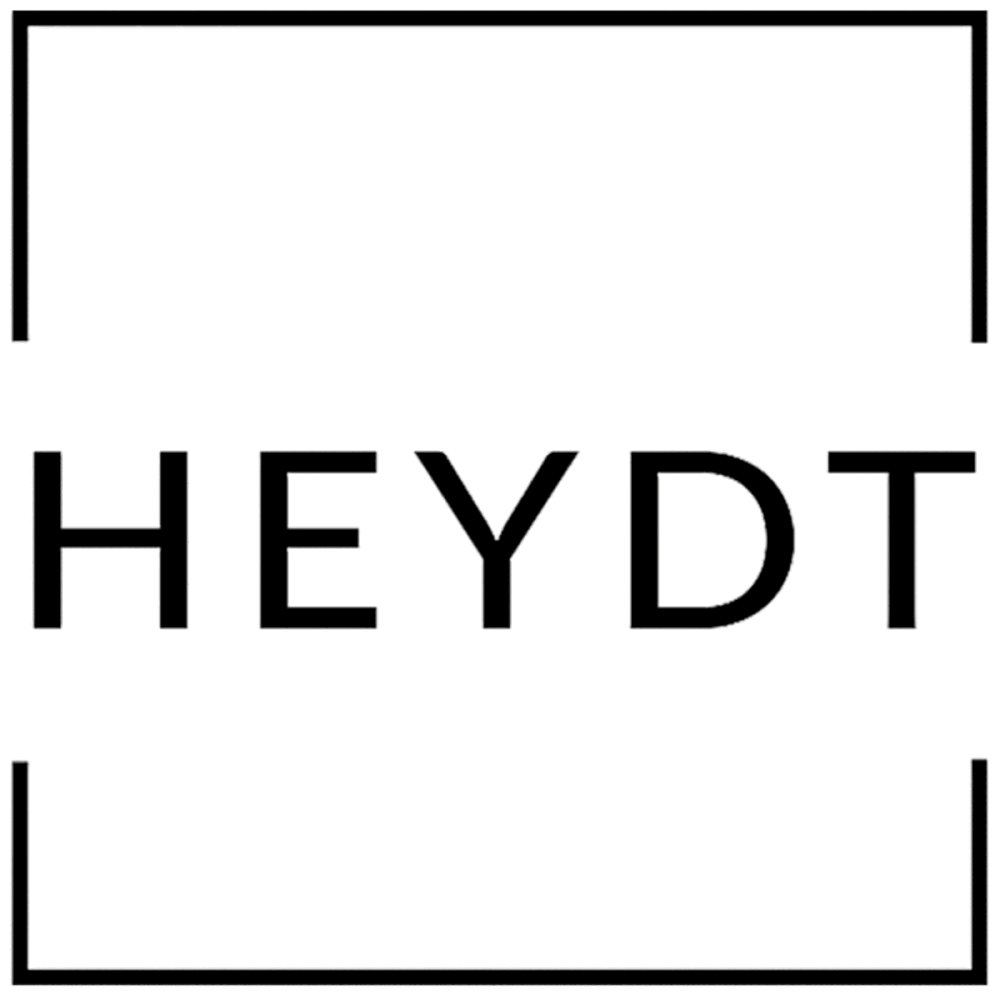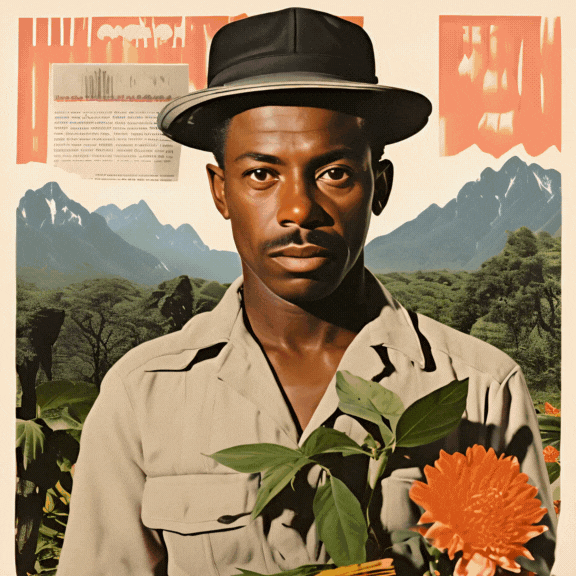
Through strategically recombining and overlaying disparate graphic elements, Heydt's multimedia praxis unsettles representational forms. Rather than consolidating differences into a coherent totality, the superimposed visual inscriptions maintain an irreducible tension, resisting subsumption under unified signifying structures. The augmented reality signals an ontological uncanniness, with discrete semiotic strata remaining immanently entangled while evading synthesis. This dehierarchized co-presence of plural yet interconnected fields offers a glimpse of the Real as exceeding intelligibility. By undermining grasp of a homogeneous diegetic whole, the fluctuating palimpsest of divergent (re)presentations catalyzes emergent modes of signification beyond exclusionary logics of mastery. Within these interstitial zones, ostensibly fixed materialities are refracted through their constitutive hauntings. The convergences of corporeal and incorporeal, present and non-present enacted through technoaesthetic (re)composition gestures toward unforeseen subjectivities. From these fractal interfacings, coherent boundaries separating interior and exterior dissolve, enabling new virtualities of experience to emerge through dynamic becomings.
The multimedia praxis of Sam Heydt mobilizes strategies of disruption and reiteration, layering immersive digital experiences atop representations of corporeal forms, landscapes, and constructed environments. These elemental materialities undergo a process of dissolution, dislocation, and reformation as augmented actualities destabilize the fixity of that which is visually figured. Filtered through the lenses of postmodern theory, glitch aesthetics, and parodic humor, Heydt's artistic labor aims to deconstruct and denaturalize hegemonic social norms, opening up possibilities for re-articulating subjectivities beyond static, regulatory frames. By bringing virtual augmentation into the gallery assemblage, Heydt surfaces performativity as a condition of representation itself. The collection facilitates an interactive unfolding whereby digital tools subtly refashion the real, inviting a critical contemplation of the fictional, discursive underpinnings that materially constitute ostensibly fixed realities, from gender materialities to geopolitical borderings. Through the superimposition of digital layers of visual signification and stimuli onto physical environments, augmented reality (AR) enables a merging of real and virtual experiences within novel spatial configurations. With a keen interest in exploring AR's emerging semiotic vocabulary, Heydt mobilizes it as a tool for transforming perceptions of spatiality and envisioning alternative spatial narratives. By overlaying ephemeral digital transmutations onto enduring material backdrops of the corporeal world, Heydt's praxis provokes a meditation on the temporal dimensions of perception and the permeable boundaries between physical and virtual experiential strata that increasingly permeate everyday life. Deploying AR technology, Heydt's multimedia collection interrogates the constructed, performative nature of the realities mediating our perceptions and experiences. Through an open, accessible AR platform, the praxis explores a spectrum of mediated environmental assemblages dispersed across multiple dimensions, troubling the material/virtual demarcations as the layered realities become indissociable through their very overlap and imbrication.





















































































































